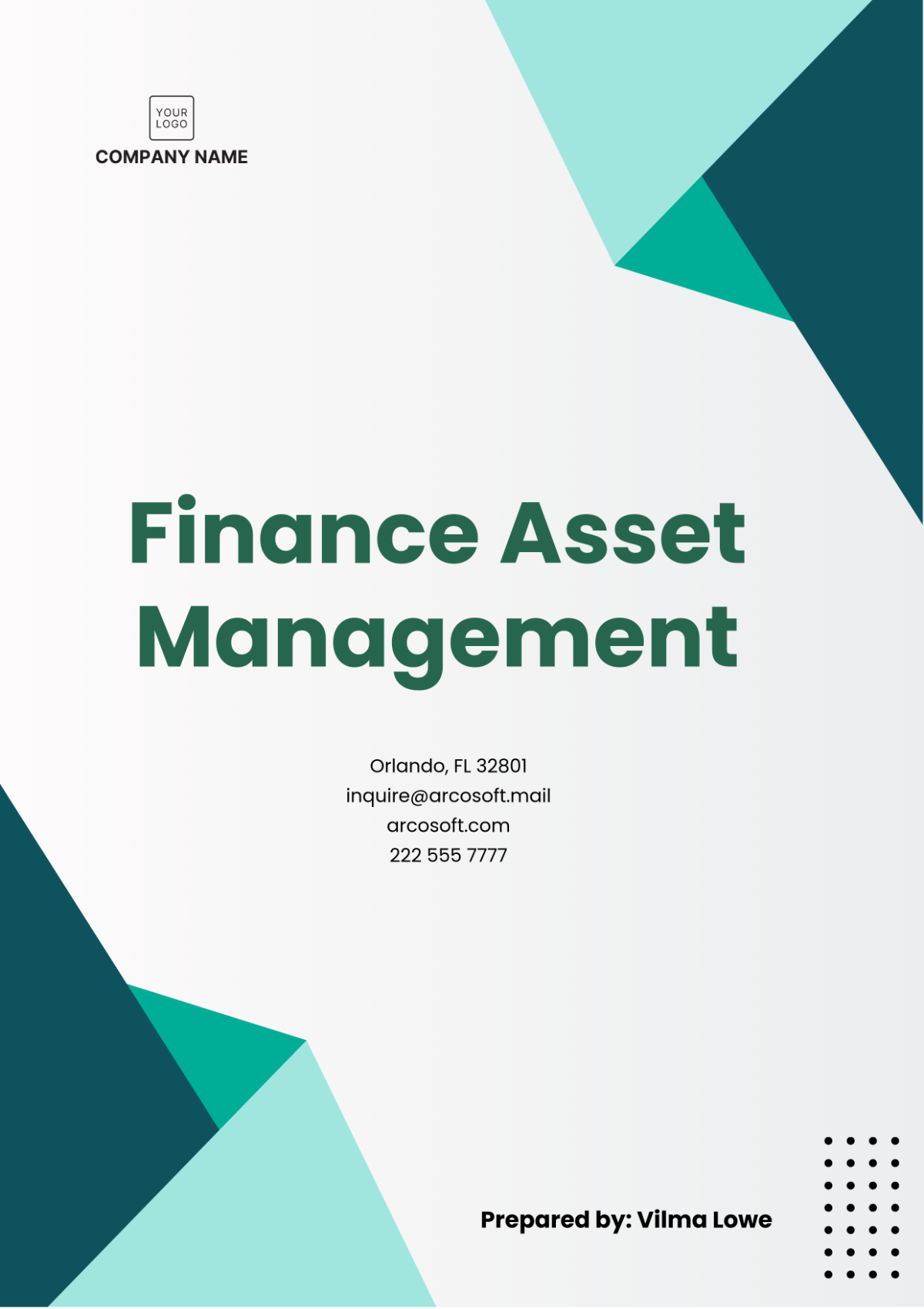Free Finance Asset Management
Optimize your assets with our Finance Asset Management Template from Template.net. Fully customizable and editable, this template provides a detailed format for tracking and managing your assets. Easily personalize the asset management plan, editable in our Ai Editor Tool, to suit your financial strategy and asset portfolio. Download now!
